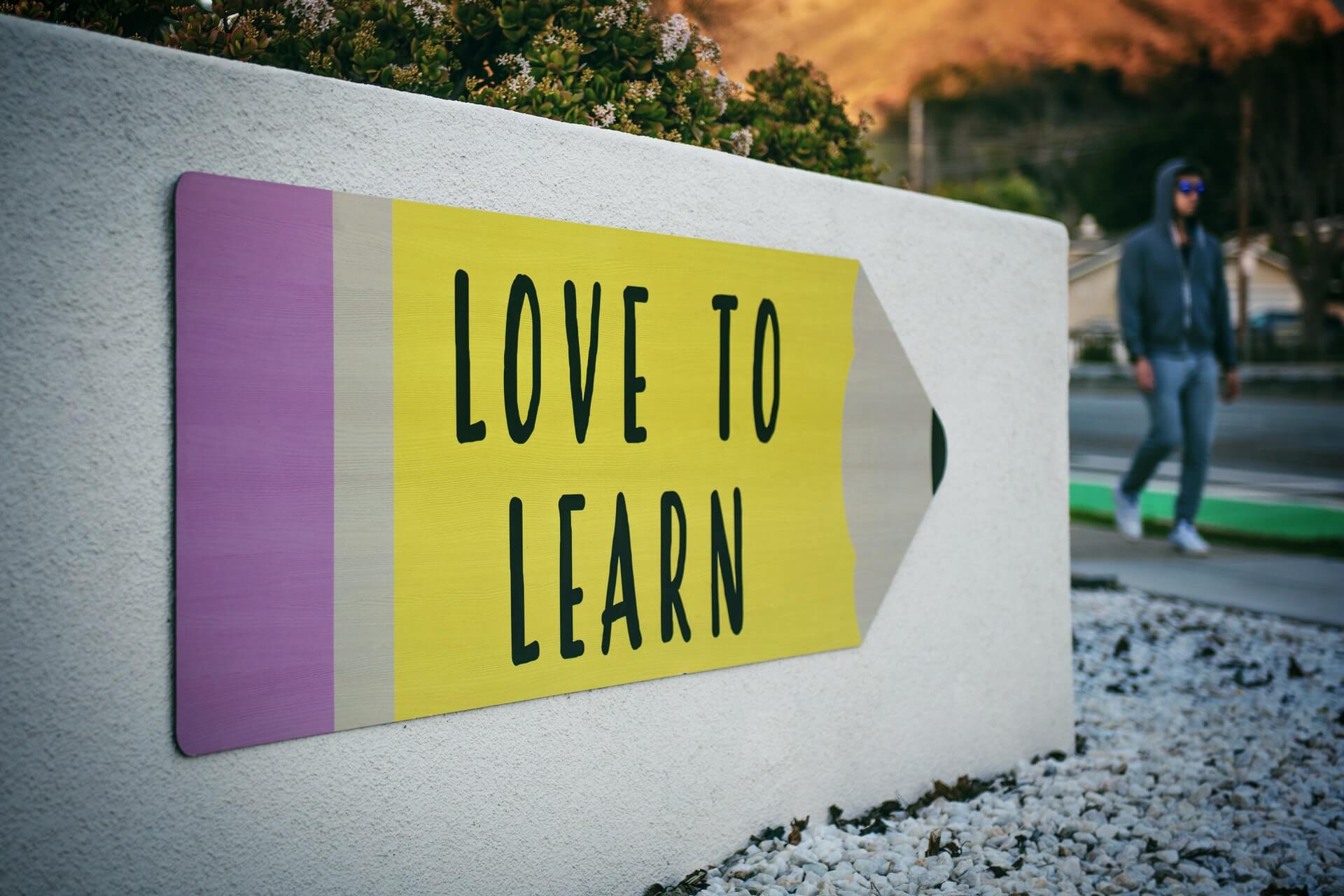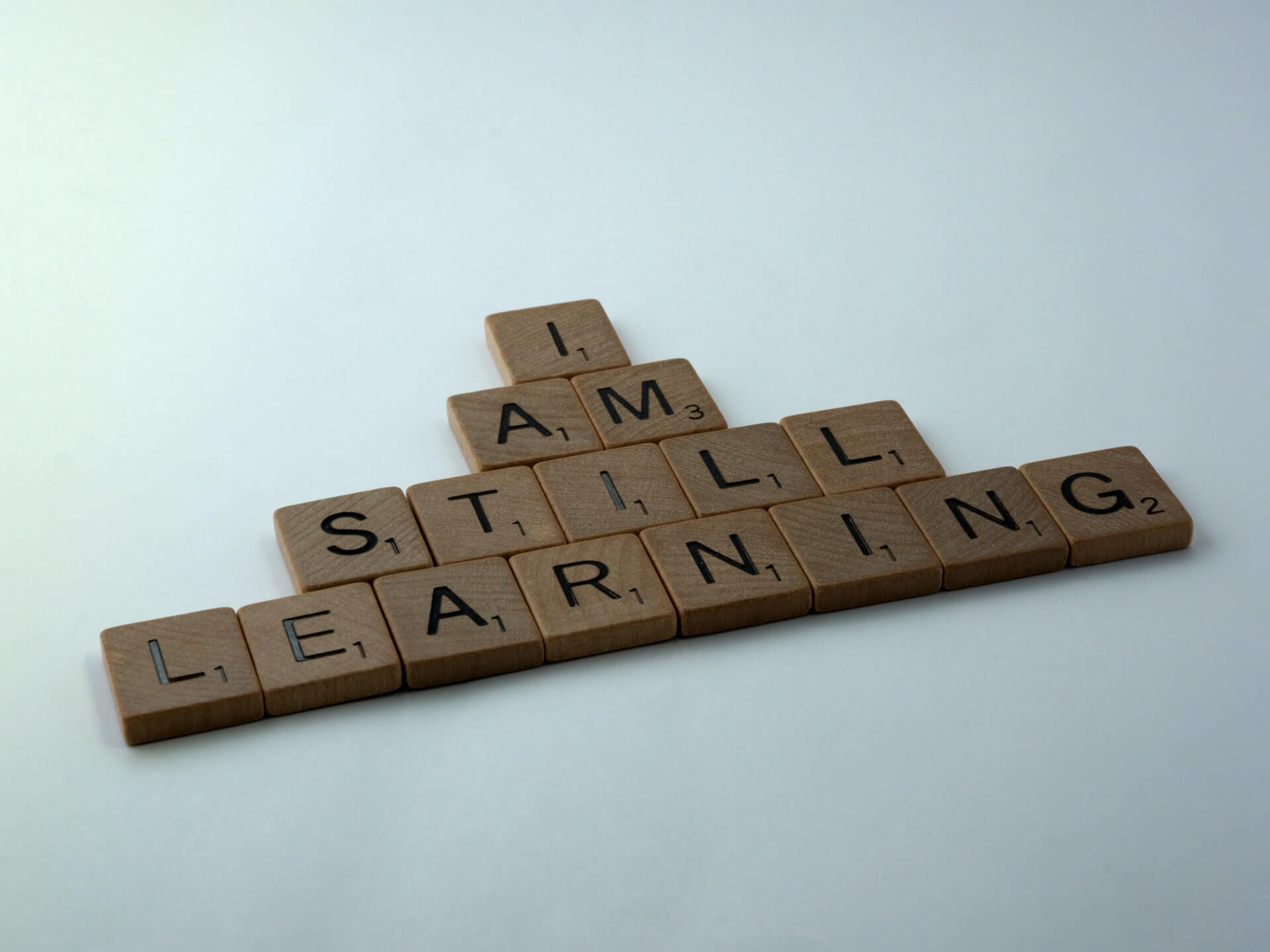Many Types of Learning
© Copyright Carter McNamara, MBA, PhD, Authenticity Consulting, LLC.
Sections of This Topic Include
- General Information
- Accelerated Learning
- Adaptive Learning
- Blended Learning
- Inquiry and Reflection
- Loops of Learning
- Social Learning and Networked Learning
- Virtual Learning (Distance Learning) (Online Learning)
- Organizational and Group Learning
Also consider
Learn More in the Library’s Blogs Related to Types of Learning
In addition to the articles on this current page, also see the following blogs that have posts related to Types of Learning. Scan down the blog’s page to see various posts. Also see the section “Recent Blog Posts” in the sidebar of the blog or click on “next” near the bottom of a post in the blog. The blog also links to numerous free related resources.
- Library’s Career Management Blog
- Library’s Human Resources Blog
- Library’s Leadership Blog
- Library’s Supervision Blog
- Library’s Training and Development Blog
General Information
The following links are to resources that provide overviews of types of learning.
- Types of Learning
- At Your Fingertips: The 8 Types of Learning Styles
- Read more at: https://www.skillsyouneed.com/rhubarb/fingerprints-learning-styles.html
- Bloom’s Taxonomy of Learning Domains — The Three Types of Learning
Also consider
Accelerated Learning
Accelerated learning can include a wide variety of methods to accelerate the learning of learners, for example, close match to the learners’ learning styles, multi-media communications and tools, multiple intelligence methods, language-sensitive communications, acting and role playing, and reflection and inquiry. The success of accelerated learning depends on how well the methods are integrated and aligned to match the nature of the learners and to accomplish the overall goals of the learning program.
- What is Accelerated Learning?
- Accelerated Learning and Second Language Acquisition
- Resources for Accelerated Learning
Adaptive Learning
The hallmark of adaptive learning is its priority on matching the nature of the methods of learning to the nature of the individual learner, particularly by using computer-based methods and tools.
- Adaptive Learning (wikipedia)
- What is Adaptive Learning?
- Adaptive Learning Technologies
Blended Learning
Blended learning is what the phrase implies — a mixture of different types of training and learning methods, particularly that are personal, interpersonal and computer-based. As with other types of learning, success rests on how well the different types and methods are integrated to match the nature of the learner and to accomplish the goals of the learning program.
Inquiry and Reflection
Numerous driving forces have caused changes in forms of learning and development. Forces include rapid changes that we must keep up with in our environments, increasingly diverse values and perspectives that we must constantly recognize and consider, and increasing competition for resources which results in even less time and resources to attend traditional and often expensive forms of schooling.
As a result, there’s more interest in learning “on the fly” — in learning how to learn from our experiences. Learning how to learn requires continuous inquiry and reflection about our experiences and the feedback shared with others.
- What is Reflective Practice?
- Reflection
- The Value of Self-Reflection
- The Power of Reflection
- Coaching Tool — Reflection and Intentions
- The Ladder of Inference
Also consider
- Action Learning
- Appreciative Inquiry
- Awareness
- Coaching
- Continuous Learning
- Inquiry and Advocacy
- Mental Models (scan down to “Mental Models”)
- Questioning
Reframing
Loops of Learning
One of the most powerful breakthroughs in learning and development is understanding “loops” of learning. (These breakthroughs are applied especially in systems thinking and systems tools.) Single-loop learning is doing something
in response to rules that are taken for granted. For example, if someone does not adhere to a policy, then that person’s actions must be adjusted to be in accordance with the policy. In double-loop learning, the rules themselves are questioned. For example, it might be that person’s actions don’t need to be changed, but that the policies need to be changed.
- Types of Learning (Loops of Learning)
- Single-Loop vs. Double-Loop Learning
- Double-Loop Learning in Organizations
- Triple-Loop Learning
Social Learning and Networked Learning
Social learning recognizes the learning that comes from interaction and feedback with others, especially via various means of telecommunications. Social learning looks very much at the nature of communications over various media. Networked learning is related in that it also examines the various patterns of communications. Both concepts focus on the learning that comes from these examinations, and how that learning can be enhanced in life and work.
- The Business Case for Social Learning
- Social Learning Theory (Wikipedia)
- Social Learning Theory
- Unleashing the Power of Networked Learning
Organizational and Group Learning
Organizational learning is a movement (some would argue that it is a theory with various associated models) to help organizations identify new knowledge, skills and attitudes in the structures and systems of the organizations, especially
to enhance performance of the organizations and its members. (See the Learning Organization.) Work is typically done in teams in organizations. Thus, it’s very important that organizations find ways to enhance learning in groups, much
the same way that organizations (which many view as very large groups) enhance learning in the overall organization.
- How to Build a High-Impact Learning Culture
- Learning Organization
- Knowledge Management
- Group Learning
Virtual Learning (Distance Learning) (Online Learning)
Virtual learning is learning that is accomplished primarily via computer-based methods and tools, particularly those via the Internet and Web. The costs of developing and implementing training and development programs are reduced significantly when computer-based activities and materials are suitable to those programs.
- Virtual Learning Environment
- Distance Learning
- Virtual Learning resources
- Help Your Client See E-Learning from a Different Perspective
Go to main Training and Development page.
For the Category of Training and Development:
To round out your knowledge of this Library topic, you may want to review some related topics, available from the link below. Each of the related topics includes free, online resources.
Also, scan the Recommended Books listed below. They have been selected for their relevance and highly practical nature.
















